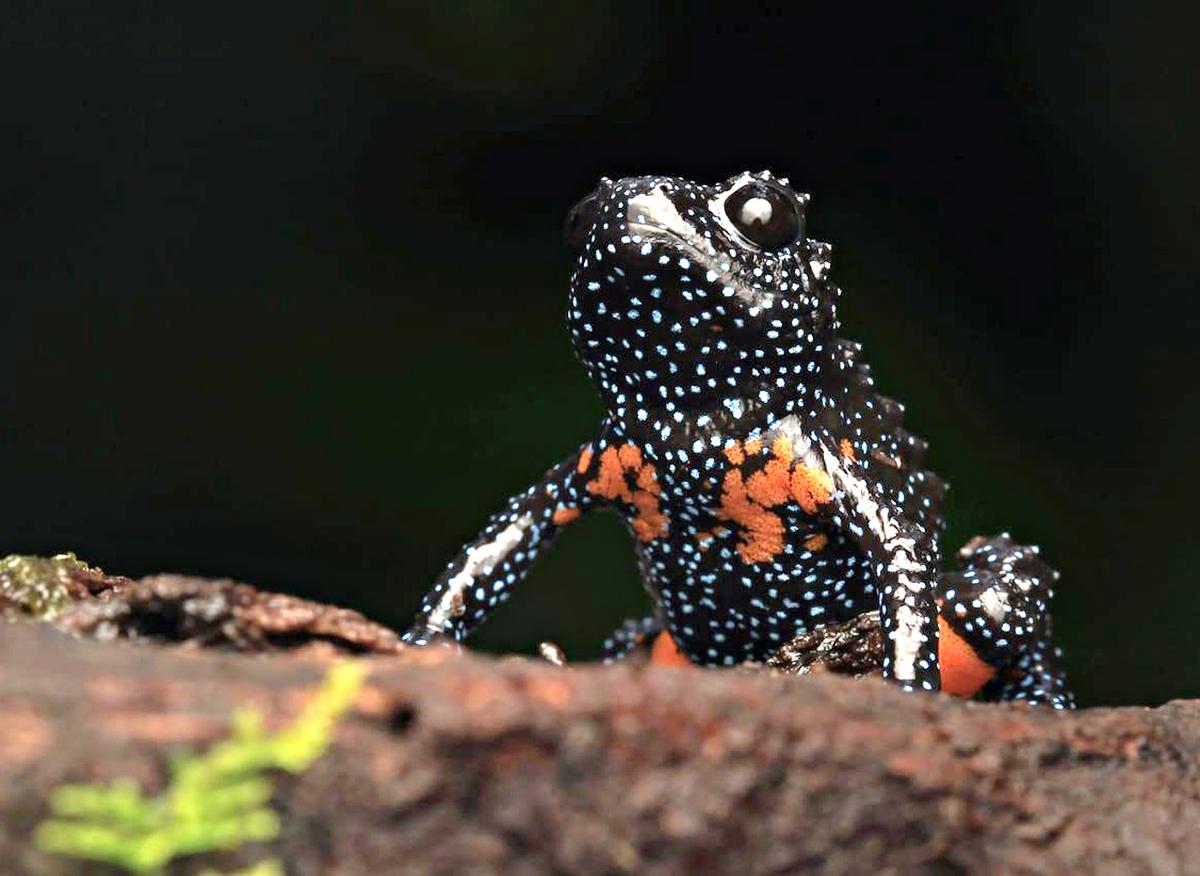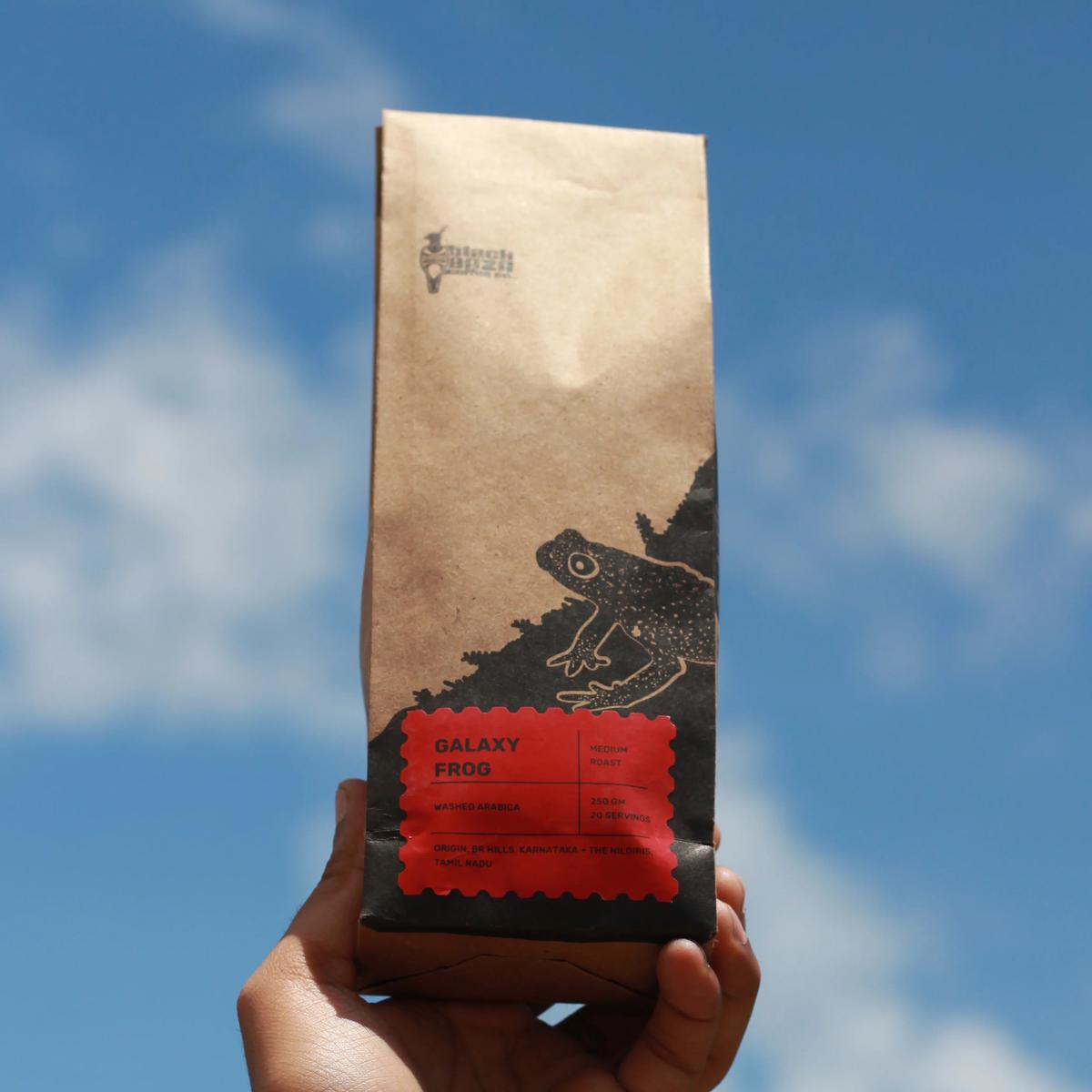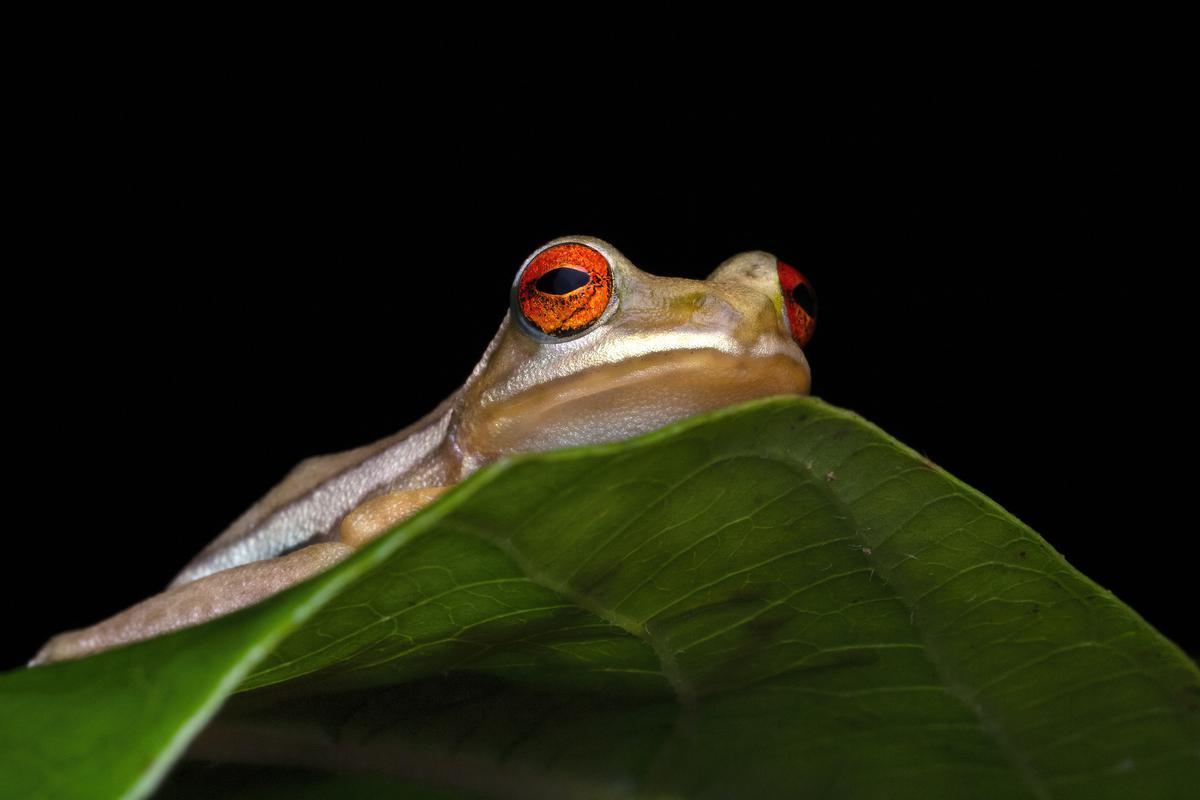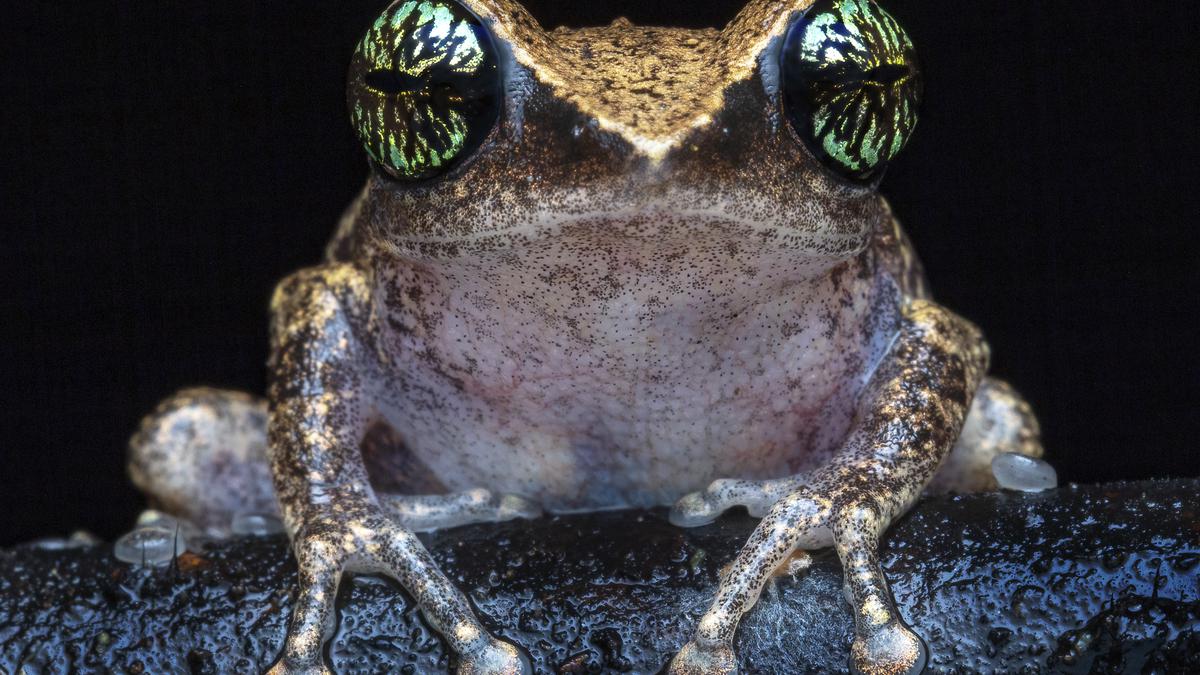You know monsoon has truly arrived in Kerala when the nights reverberate with the orchestra of the frogs. Or do you? With habitat destruction and anthropogenic climate change, is the seasonal symphony still as loud?
In order to keep a tab on the frog population in Kerala, the Kerala Forest Research Institute (KFRI) has launched a new initiative aimed at collecting data, identifying and recording as many species as possible. Launched on June 5, the Centre for Citizen Science and Biodiversity Informatics at KFRI’s Monsoon Croaks BioBlitz allows people to record their frog sightings and calls on the iNaturalist app. Monsoon being the mating season and a time when frog activity peaks, this is the right time to watch frogs.
Herping tours
The project which extends up to September 2, has the larger objective to generate interest in frogs among the public. The interest has been on the rise, according to Hadlee Renjith, a naturalist and Kerala Tourism guide in Munnar, who has been conducting herping tours for six years. This would lead to the larger goal of conservation, he says.
Resplendent Shrub Frog
| Photo Credit:
Hadlee Renjith
“The popularity of macro photography has played a role in people’s love for frogs. We get enquiries on herping after we post pictures of amphibians on social media,” adds Hadlee, whose travel company Resplendent Experiences is named after Raorchestes resplendens, a critically endangered Resplendent Shrub Frog found in Anaimudi in the Western Ghats. “Most come with the intention of just getting a good photograph, but they end up learning about the creatures and the importance of conservation,” points out Hadlee. His herping tours are booked until October.
June to October — traditionally off-season — is the ideal time for herping. A typical herping trip starts at 7pm and goes on till midnight. “We take care not to disturb the creatures. Therefore people are advised to carry flash diffusers for their cameras, so as to avoid shining the flash on the creatures and startling them. We also try to take pictures in situ,” Hadlee adds. A herping trip in Munnar can be informative for someone interested in studying frogs. A four-to-five day trip can help one spot at least 40 species, says Hadlee. Some of them are the False Malabar Gliding Frog, the Kadalar Swamp Frog and the Star-eyed Tree Frog to name just a few. “The Meowing Night Frog (Nyctibatrachus poocha) is another species, described from Munnar, which has a call that sounds like a kitten; it is usually found beside streams,” says Hadlee.
Even roadside vegetation in Munnar is home for many species such as the green-coloured Jayaram’s Bush Frog (Raorchestes jayarami), Hadlee adds.

Galaxy Frog
A tribute to the Galaxy Frog

Black Baza Coffee Company’s blend named after the Galaxy Frog
| Photo Credit:
Special Arrangement
Paying tribute to the endangered Galaxy frog (Melanobatrachus indicus) — the flagship species for conservation in Idukki — is the Bengaluru-based biodiversity-friendly Black Baza Coffee Company, which has named a new blend after it. This coffee is an ode to the tiny frog, about 2-3 cm in size, with a speckled body that resembles the stars in the galaxy.
“It is one of our bestsellers, as it is a blend of coffees from regions across the Western Ghats. Frogs are extremely good indicators of regenerative farming practices, as they are sensitive to chemical pesticide and fertilizer use (because of their permeable skin), as well as loss of native vegetation. So, coffee farms managed in intensified ways tend to be poorer habitat for endemic amphibians than coffee farms that have lots of forest cover, native tree species, and use non-chemical methods of farming,” says Arshiya Bose, conservationist, geographer, researcher working in coffee landscapes in India and the founder of Black Baza Coffee Company. “If we are interested in championing best practices in coffee, we must champion frogs as well,” she adds. Black Baza’s coffees are named after the flora and fauna of the Western Ghats.

Kadalar Swamp Frog
| Photo Credit:
Hadlee Renjith
The company, into its seventh year, works with 650 smallholder producers, many of whom are from indigenous communities across the Western Ghats. “Because we work both at a farm level with producers as well as run a roastery and enterprise, we are able to make decisions that are farmer-friendly and frog-friendly all through our supply chain. There is a lot more work to do,” Arshiya adds.
Know your ambhibian
A three-day frog workshop will be held at Belvai Butterfly Park in Karnataka for the first time this monsoon, from July 7 to 9. A private butterfly reserve, which covers 7.35 acres, the region has recorded 14 frog species, eight of which are endemic to the Western Ghats, says Sammilan Shetty, conservationist and founder of the butterfly park. The workshop would include talks, discussions and field sessions handled by batrachologist Gururaja KV and amphibian expert Vineeth Kumar.
To participate, email belvaifrogworkshop@gmail.com
The urban frogs
Shrinking wetlands and vagaries in the monsoon have led to a decline in the numbers of several frog species found in urban areas as well, such as the Indian bullfrog and the Indian toad, says Sandeep Das, national postdoctoral fellow, Department of Zoology, University of Calicut. “These frogs breed in stagnant pools that are created by pre-monsoon showers. When the monsoons are erratic, their habitats are threatened. Frogs are freshwater ecosystem indicators,” he adds. Sandeep has been researching the endangered Indian purple frog for the past 11 years. The purple frog (Nasikabatrachus sahyadrensis) is a rare species, which lives underground, emerging only once a year, which earned it the moniker Mahabali frog (after Kerala’s legendary demon king who lives in the netherworld and visits his subjects once a year).
Some of the commonly-found frog species have disappeared from our ecosystem altogether, observes photographer Prasoon Kiran. He talks of the Hydrophylax bahuvistara, known as ‘Manavatti thavala’ in the Kannur-Kozhikode region and ‘Theyyam thavala’ in Kasaragod region in the local parlance because of its bright red and black colour. (Manavatti in Malayalam means bride and Theyyam is a ritualistic art form, in which the artiste uses red face paint).
“These frogs were a part of our lives. They would make an appearance just before the onset of the monsoon and be found inside our homes. Water collected in containers in the house used to be their usual haunts and nobody would drive them away. They were natural insect-controlling agents and were harmless. They co-existed with us peacefully,” Prasoon adds. It has been over 10 years since he has seen the frog. “The reasons are there for everyone to see. Our surroundings have changed; the fields have been levelled and more houses have come up; the small water bodies and springs in villages have dried up.”




